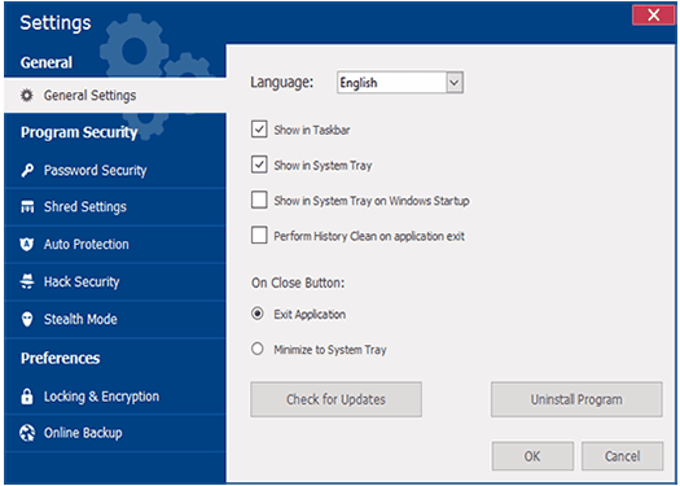
If the virtual environment is not stopped in two minutes, the systemįorcibly kills all the processes in the virtual environment. If you wish to stop your virtual environment, bear in mind that there is a two-minute timeout for the virtualĮnvironment shutdown scripts to be executed. These actions are not recommended for suspended containers. That repairing, restarting and reinstalling a suspended container can change the saved state of the container, so Period of time or saving the state of current operations which can be quickly launched again afterwards. Suspending containers is a good method to disengage the Hardware Node recourses for a certain Suspend the container: a suspended container stays put, and so its processes and services do, to be later resumedįrom the checkpoint. Depending on the container state, only that operation is accessible that complies with Move the container to another physical server. That is part of an application or OS template, and the action has brought about the container malfunction. Recover the original state of the container in case you have unintentionally modified, replaced, or deleted any file Save important data from the damaged container and repair the container by creating a new temporary container. Get the detailed information on the container resource consumption.Ĭonfigure all the parameters of the backup operation and perform this operation on the current container. In Virtuozzo Automator, the container toolbar provides quick access to the following operations:Ĭhange the container name, description, OS template version and start-up options.Ĭhange the container hostname, IP address, DNS server IP address and search domains and configure the mode of theĬonfigure the network bandwidth of the outgoing traffic for this container.Ĭhange the resources share allocated to the container.Īctivate the firewall and configure its mode.Ĭonfigure the container resources by changing the template the container is based on. Virtuozzo Automator Administrator's Guide PDF, 827 KB.Changing Master and Slave Servers IP Addresses Logging In to Virtuozzo Storage Management Panel Logging In to Physical Servers via SOAP API Virtuozzo Automator Command-Line Utilities Adding Application Templates to Containers Uninstalling Templates From Physical Servers Installing OS Templates on Physical Servers Installing Application Templates on Physical Servers Uploading and Installing Templates on Physical Servers Managing Application Templates in Physical Server Context Managing OS Templates in Physical Server Context Managing Application Templates in Group Context

Managing Virtuozzo Containers OS and Application Templates Managing Network Adapters on Physical Server Viewing Virtuozzo Automator User Sessions Maintaining Virtuozzo Automator Management Tools Typical Scenario of Virtuozzo Automator Security Usage

Understanding Role-Based Access Administration in Virtuozzo Automator Managing Backups on Virtual Environment Level Managing Backups on Physical Server Level Connecting to Virtual Environments via VNC
#FOLDER LOCK VERSION 7.7.3 SERIAL KEY PASSWORD#
Changing Virtual Environment Administrative Password Suspending and Resuming Virtual Environments Starting, Stopping, Pausing and Restarting Virtual Environments Configuring Virtual Environments Host Settings Monitoring Physical Server Resources Consumption Managing Physical Server General Settings Registering Physical Server in Virtuozzo Automator Organizing Virtuozzo Automator Infrastructure Upgrading from Virtuozzo Automator 6.1 to Virtuozzo Automator 7 Installing Virtuozzo Automator Components Installing and Managing Virtuozzo Automator Components


 0 kommentar(er)
0 kommentar(er)
